Jony Ive leaves Apple: the best devices from the designer’s 30-year career at Cupertino - and the worst
As the British designer heads off to set up his own company, we take a look back at his greatest hits - and the ones he’d rather forget
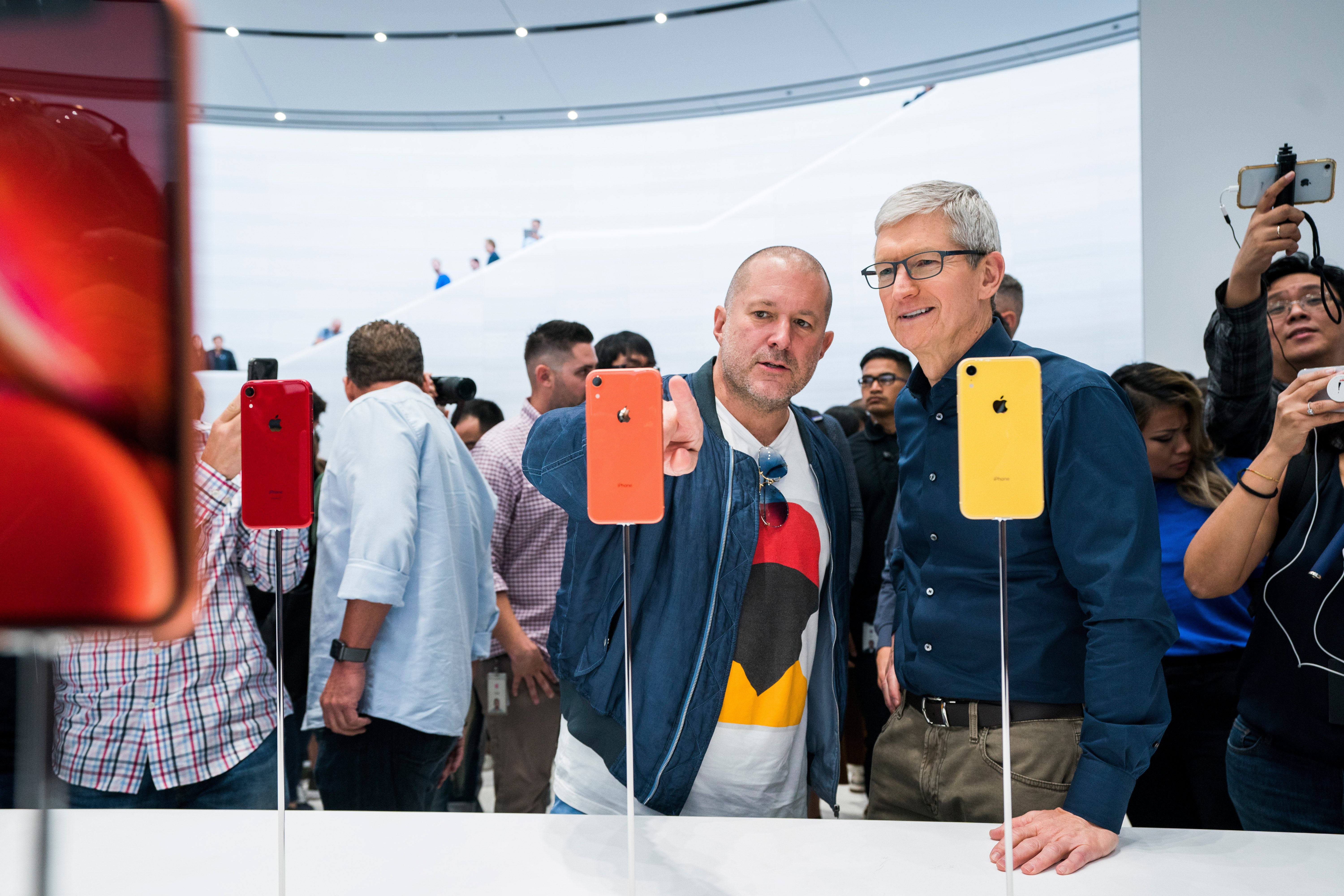
Sir Jony Ive has announced that he will be bowing out of his role as chief designer at Apple after spending nearly 30 years at the Californian tech giant.
The British-born designer (pictured top, left) is leaving to set up his own company, of which Apple will be “among its primary clients”.
Ive has been an instrumental figure at Apple since joining in 1992, with a glowing portfolio of products that includes the iPod and iPhone to name but two. His ability to carry out the vision of Steve Jobs has produced some of the world’s most influential devices, and earned Ive a knighthood in 2012.
The Week
Escape your echo chamber. Get the facts behind the news, plus analysis from multiple perspectives.

Sign up for The Week's Free Newsletters
From our morning news briefing to a weekly Good News Newsletter, get the best of The Week delivered directly to your inbox.
From our morning news briefing to a weekly Good News Newsletter, get the best of The Week delivered directly to your inbox.
With his three-decade career at Cupertino due to come to an end later this year, we take a look at the products that made Ive’s name - and a couple that he’d rather forget.
The best
The iPod
The iPod was by no means the first of Jony Ive’s gadgets, nor was it the first portable MP3 player, but it was a game-changer for the designer.
What made the iPod such a user-friendly device was its “genius scroll wheel” that let you “scan through a long song list quickly”, while the intuitive interface “made it fun to use”, says CNet. The simple design proved to be a huge hit with both gadget lovers and technophobes, too, especially when later models were released in a variety of vibrant colours.
A free daily email with the biggest news stories of the day – and the best features from TheWeek.com
Ive’s next masterpiece, the iPhone, would “eventually cannibalise the iPod”, the tech site says. But the MP3 player was the must-have accessory for more than a decade and arguably turned Apple into the company it is today.
The iPhone
The device that started a revolution. The late Steve Jobs, Apple’s co-founder and CEO, is often credited with the meteoric success of the iPhone, but it was Ive’s elegant concept that turned the phone into a must-have luxury accessory - and had rival tech companies shaking in their boots.
So how do you design a smartphone that will change the world? Ive puts it down to “a fundamental conflict between two very different ways of thinking”, The Independent reports.
“It is the conflict between curiosity and the resolve and focus that is necessary to solve problems,” he said at the Cambridge Union in November. “Curiosity, while it fuels and motivates, despite being utterly fundamental to the generation of ideas, in isolation just culminates in lots of long lists, perhaps some ideas, but alone that’s sort of where it ends.
“The necessary resolve to find solutions to the problems that stand between a tentative thought and something substantial, that resolve and that focus very often seems in direct conflict with most creative behaviour,” said Ive.
He describes his creative process as teetering on the “utterly absurd”. Ive added that the shift between the two mindsets “happens to me once or twice a day and that frequency of shifting between two such different ways of seeing and thinking is fantastically demanding”.
The “unibody” MacBook
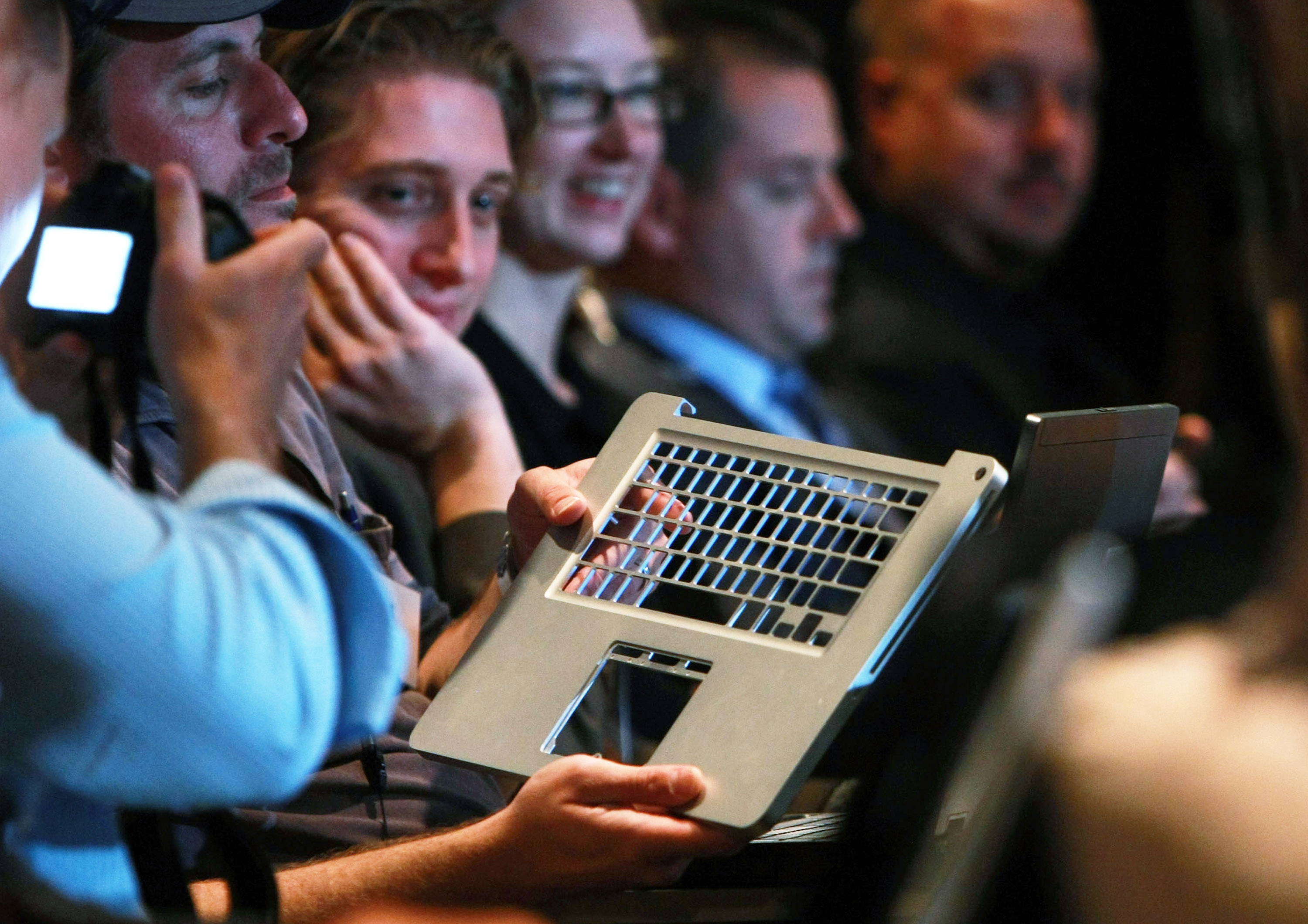
Image credit: Justin Sullivan/Getty Images
Not only were the MacBooks of the late-2000s the most aesthetically pleasing computers in a sea of black and grey plastic rivals, they also featured a revolutionary design.
The laptops, known as the “unibody”, are constructed around a single piece of aluminium on to which the hardware is screwed, explains TechRadar. The construction is “inherently rigid”, yet its construction is significantly lighter than a conventional laptop.
Apple also introduced its multi-touch glass trackpad on its early unibody laptops, allowing users to control their laptop with a host of gesture controls, the website adds.
The best part? Today’s MacBooks are all built around the same unibody concept, making this one of Ive’s most timeless designs.
Apple Park
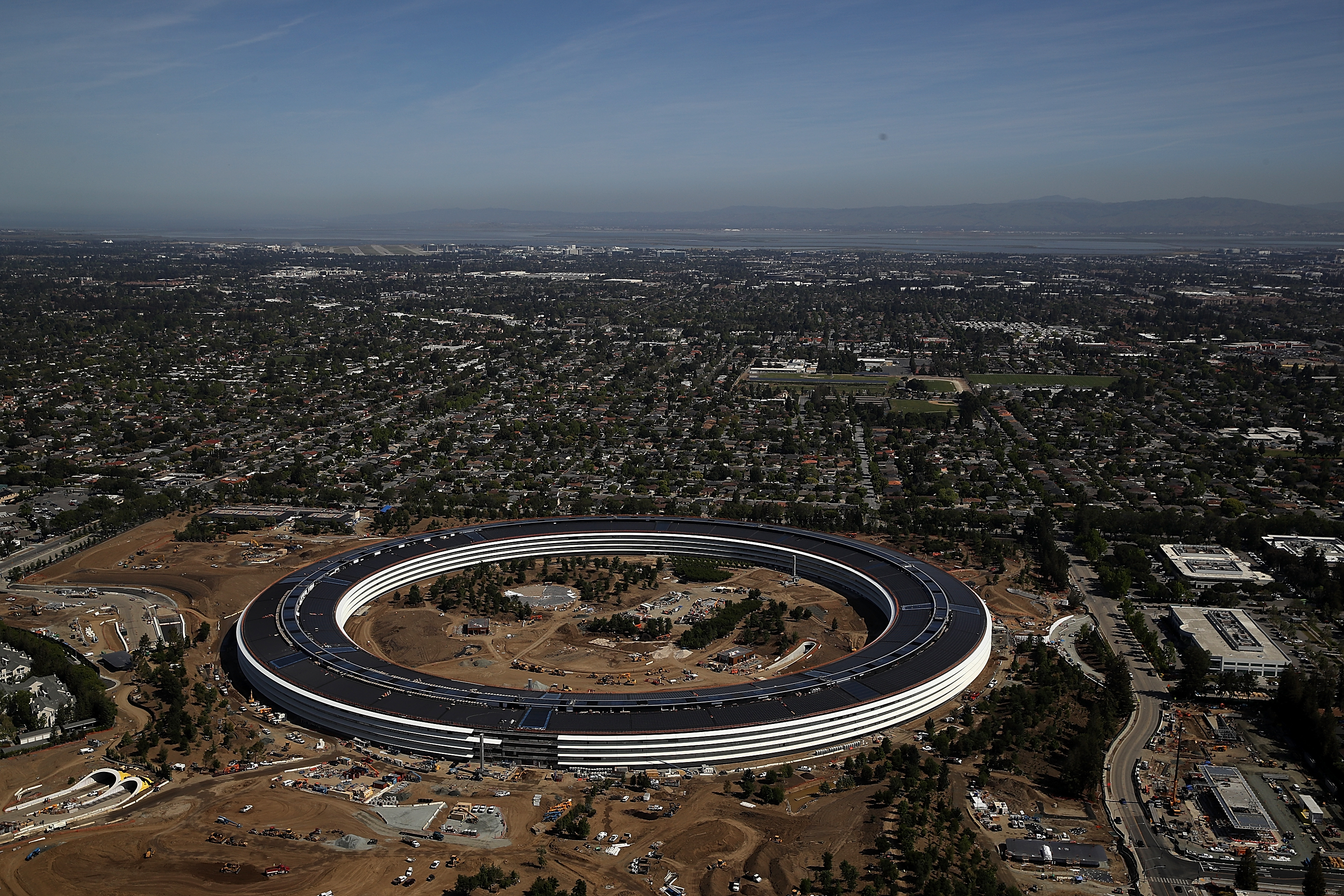
Image credit: Justin Sullivan/Getty Images
Yes, we’re well aware that the company’s Cupertino headquarters isn’t a product, but it’s arguably one of Ive’s most ambitious projects.
The spaceship-like campus was completed early last year, featuring glass walls and a garden in the centre of the facility. Adjacent to the campus is the Steve Jobs Theatre, which has space for 1,000 visitors and is often used for the company’s product keynotes.
But what makes the facility particularly impressive is that it runs solely on sustainable energy, most of which is sourced from solar panels that cover the roof, Wired reports.
And the worst
Mac Pro (2013)
Beautiful in design, flawed in execution. The Mac Pro was radically different to any other desktop computer when it launched in 2013, sporting a cylindrical silhouette as opposed to the conventional “tower” design of other desktop computers.
Nicknamed the “trashcan”, it was designed to improve cooling of the high-performance components. The machine’s board was arranged in a triangular shape, with air being drawn from the bottom of the unit and extracted through a circular vent at the top.
While CNet labelled the computer a “breakthrough” in design, the Mac Pro’s “fantastic” form meant that it was somewhat difficult to upgrade the internal components. That was a deal-breaker for many professionals.
Luckily for Apple-loving computer pros, the next Mac Pro will revert to a more traditional - yet arguably just as beautiful - tower design to make upgrading the workstation a little bit easier.
MacBook (2015)
“It’s an overpriced, underpowered, luxury laptop with only one port that a lot of people have made fun of,” says Macworld of the 2015-spec MacBook.
The 12in MacBook certainly had a few fans scratching their heads when the laptop was first announced at the “Spring Forward” keynote in March 2015. On the surface, it looked like a next-generation version of the £749 11in MacBook Air, yet it was significantly more expensive at £1,249.
The laptop was also powered by an Intel mobile processor, rather than the i5 chips in the MacBook Air, and featured a shallower “butterfly keyboard” that was prone to breaking. There was only one USB-C port, too. The connection was almost completely new to the industry, meaning there were barely any accessories on the market that could make use of it.
-
 Political cartoons for December 14
Political cartoons for December 14Cartoons Sunday's political cartoons include a new White House flag, Venezuela negotiations, and more
-
 Heavenly spectacle in the wilds of Canada
Heavenly spectacle in the wilds of CanadaThe Week Recommends ‘Mind-bending’ outpost for spotting animals – and the northern lights
-
 Facial recognition: a revolution in policing
Facial recognition: a revolution in policingTalking Point All 43 police forces in England and Wales are set to be granted access, with those against calling for increasing safeguards on the technology
-
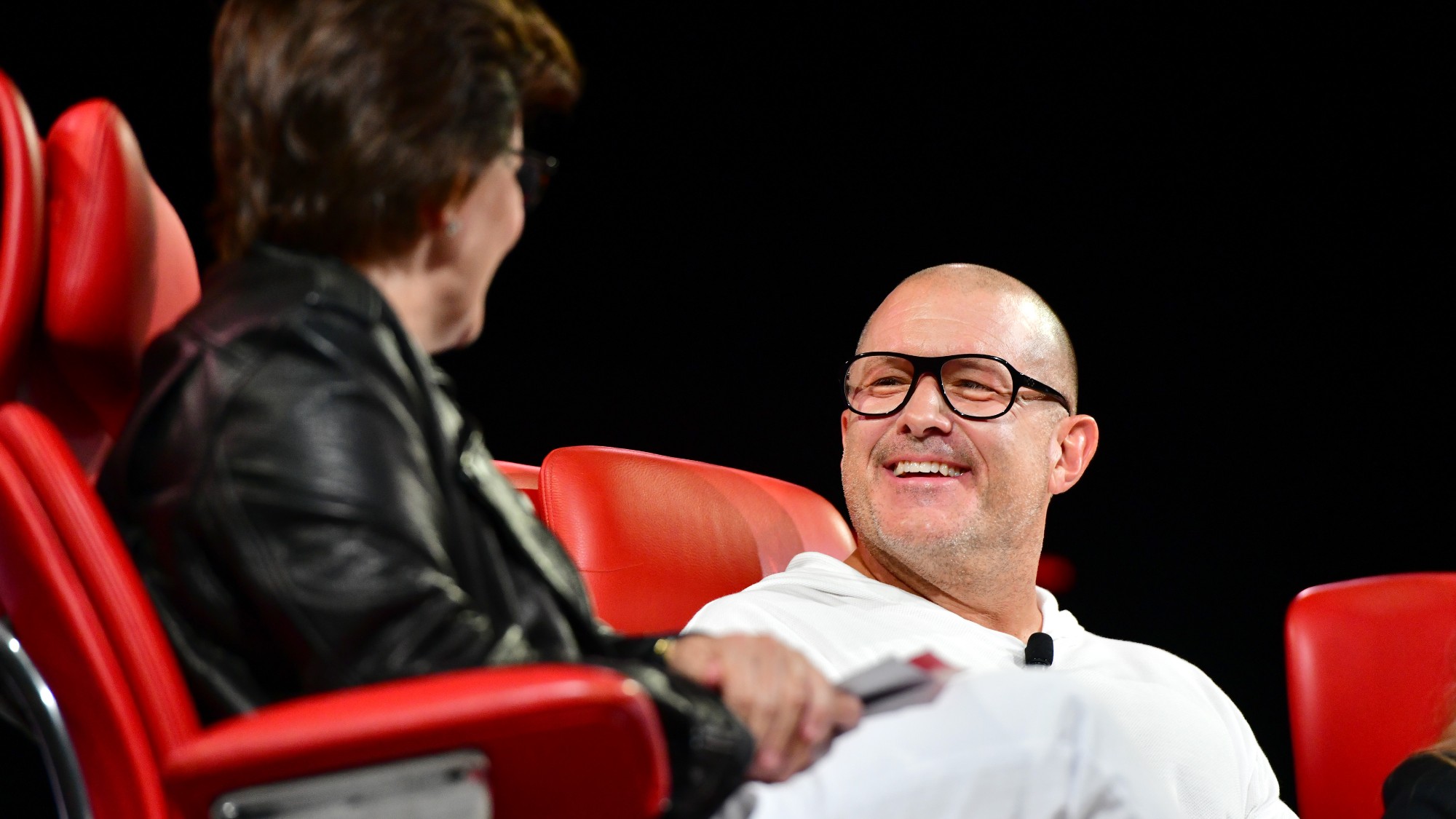 Jony Ive's iPhone design changed the world. Can he do it again with OpenAI?
Jony Ive's iPhone design changed the world. Can he do it again with OpenAI?Talking Points Ive is joining OpenAI, hoping to create another transformative piece of personal technology. Can lightning strike twice?
-
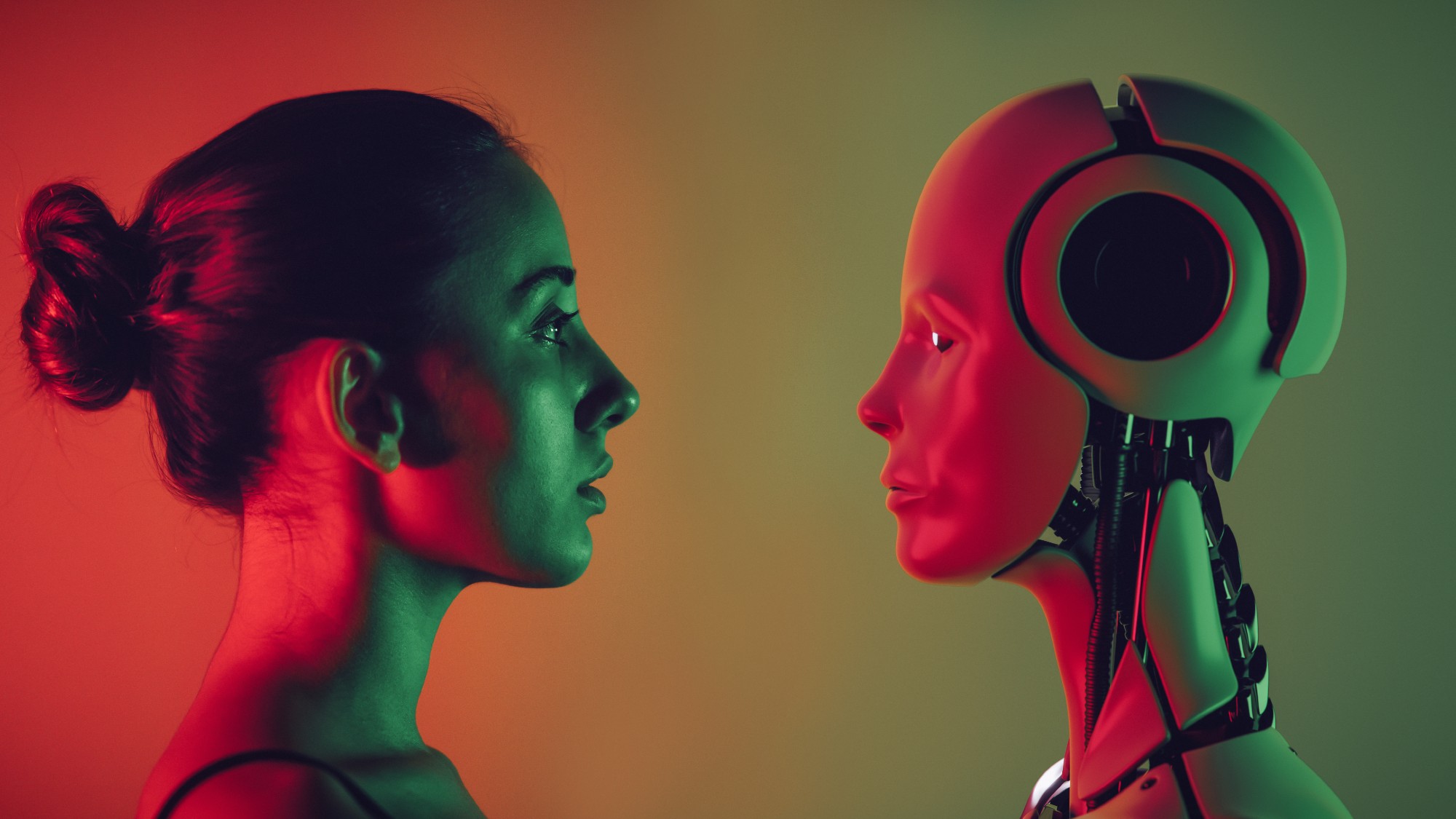 'Severance' and the best tech dystopia shows
'Severance' and the best tech dystopia showsThe Week Recommends If the Apple TV+ hit increased your appetite for bleak futurism, you have additional options
-
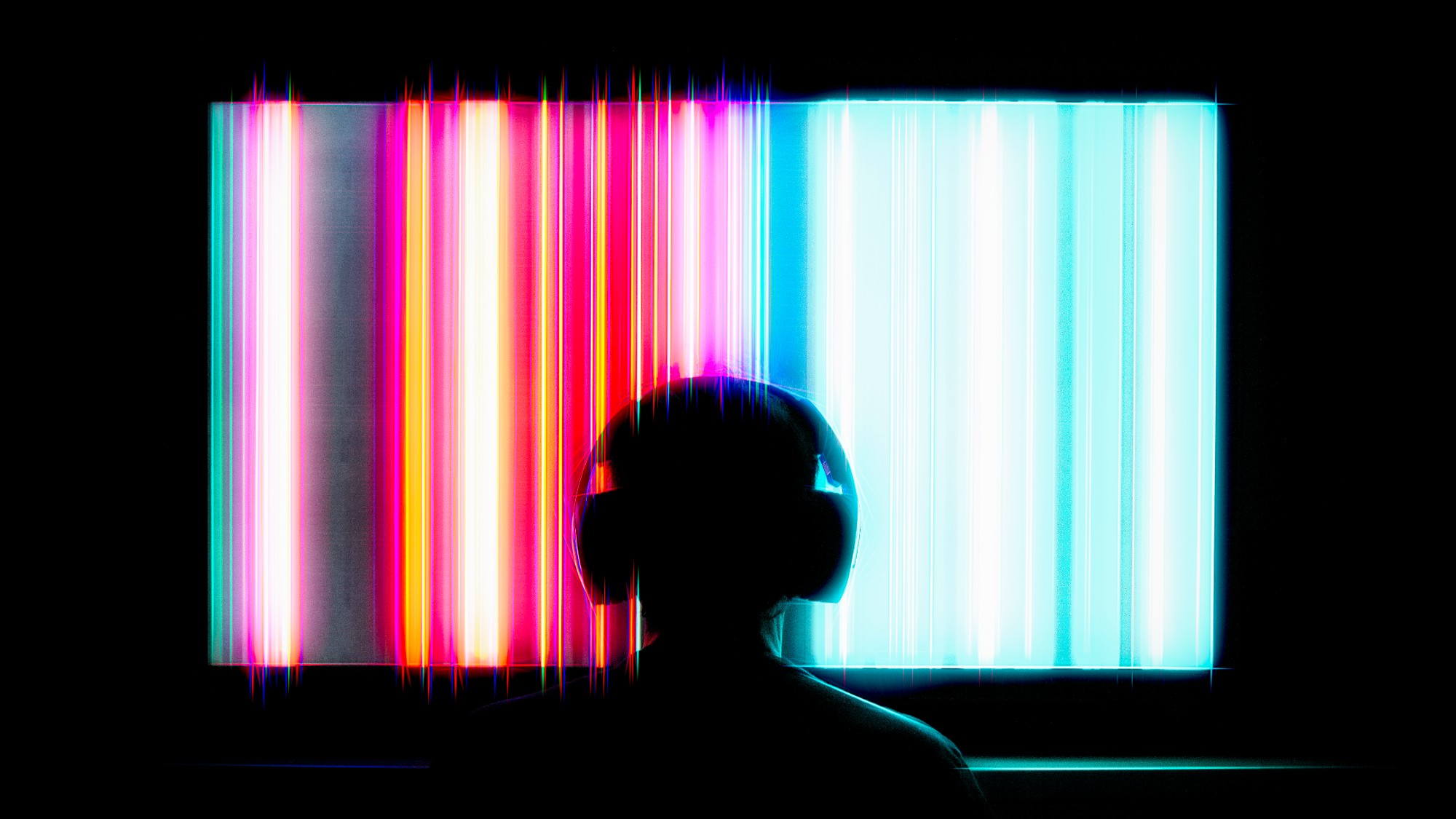 The best TV series with multiple timelines right now
The best TV series with multiple timelines right nowThe Week Recommends Narratives that spend significant time in two or more stories can be especially rewarding
-
 A not-so-quiet place: Why is no one using headphones in public anymore?
A not-so-quiet place: Why is no one using headphones in public anymore?Under the Radar People are increasingly comfortable with both speakerphone and watching videos (very) out loud
-
 5 stellar TV series based on award-winning novels
5 stellar TV series based on award-winning novelsThe Week Recommends Max's 'The Sympathizer' is not the only successful adaptation of prestige fiction
-
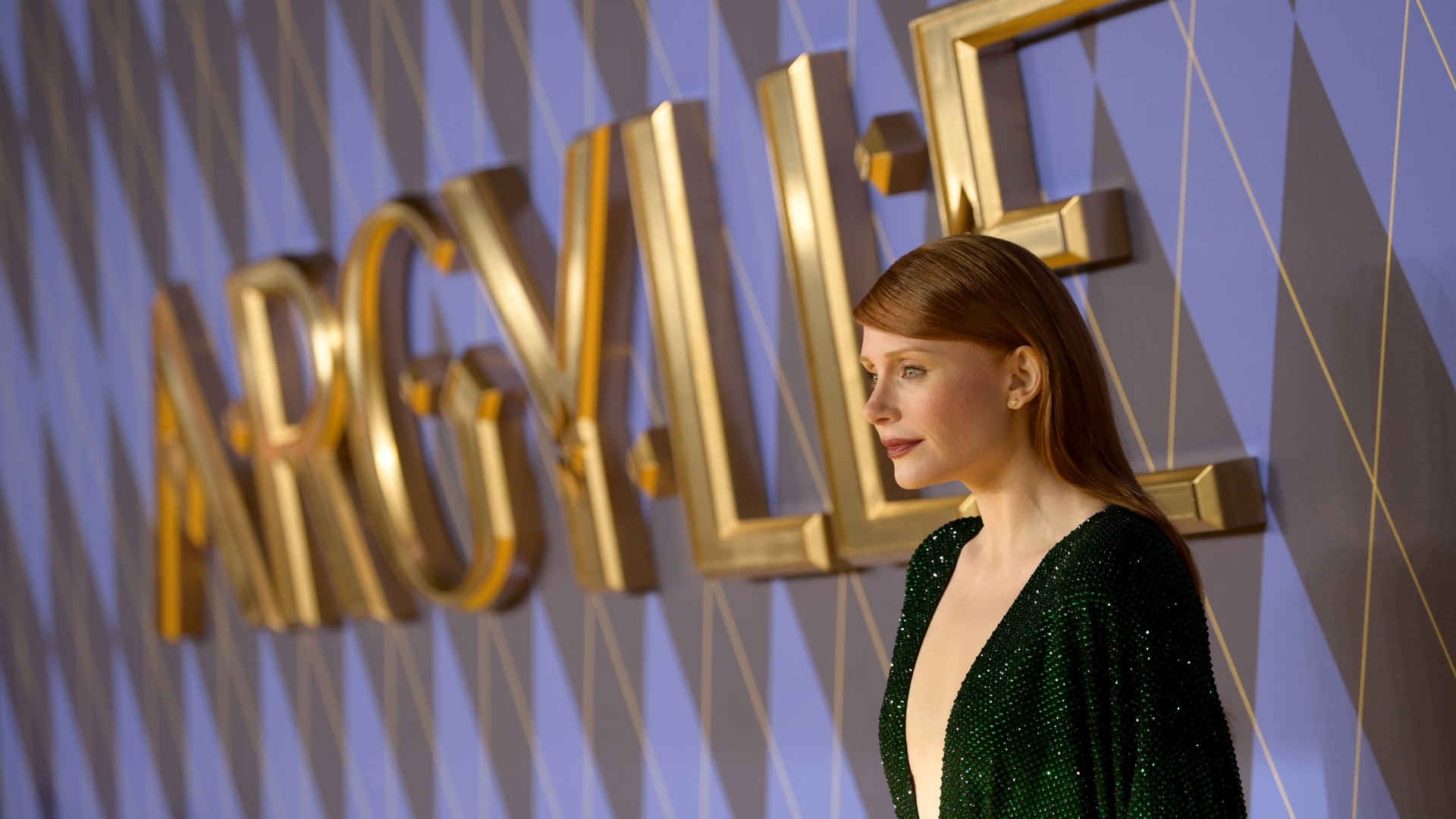 Movies to watch in February, from 'Argylle' to 'Drive-Away Dolls'
Movies to watch in February, from 'Argylle' to 'Drive-Away Dolls'The Week Recommends A spy thriller tied to a real-life mystery, a solo Coen brother feature and more
-
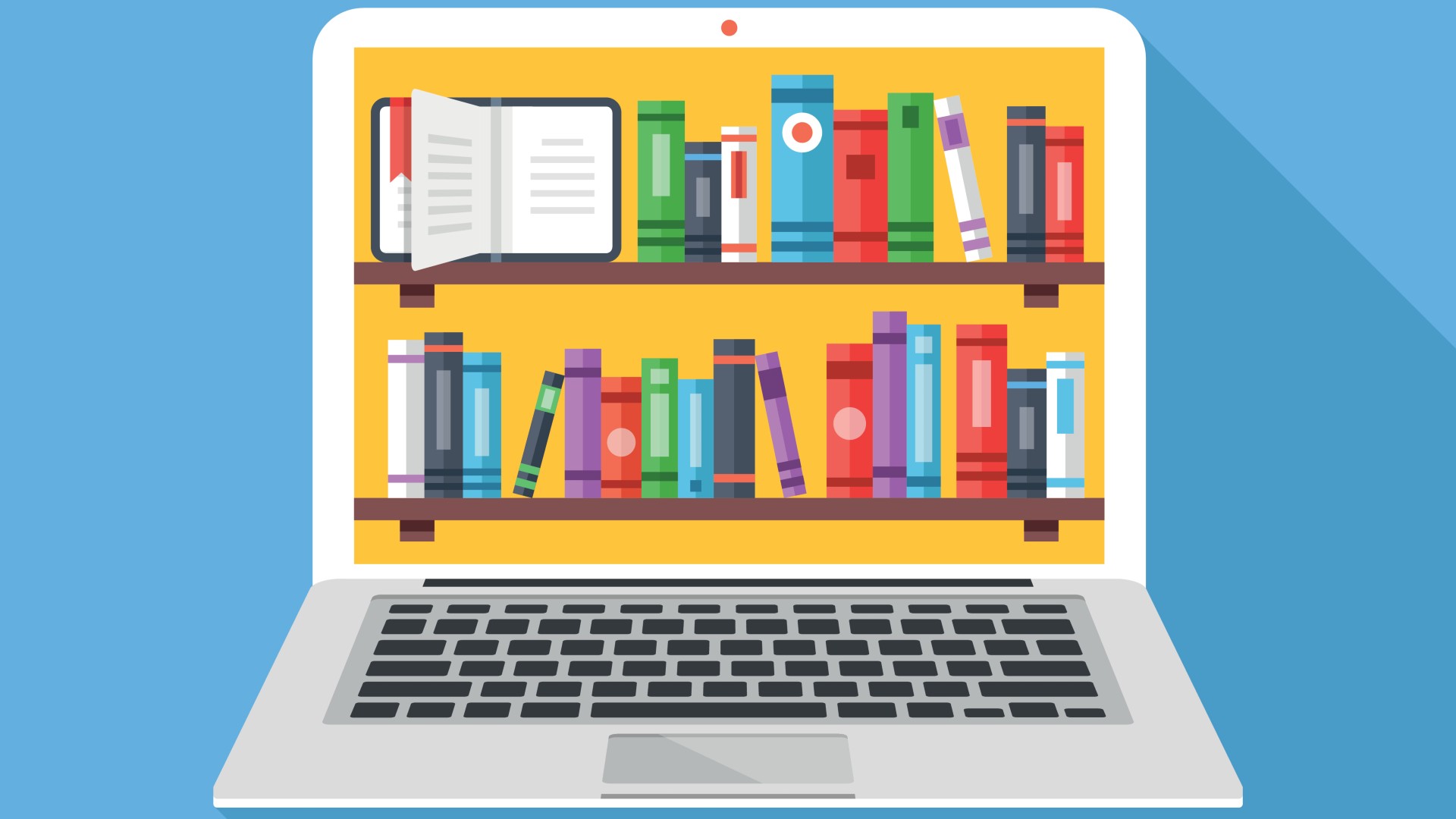 From 'thunks' to mixed reality, the future of books is interactive
From 'thunks' to mixed reality, the future of books is interactiveThe Explainer What is in store for literature in an increasingly digital world?
-
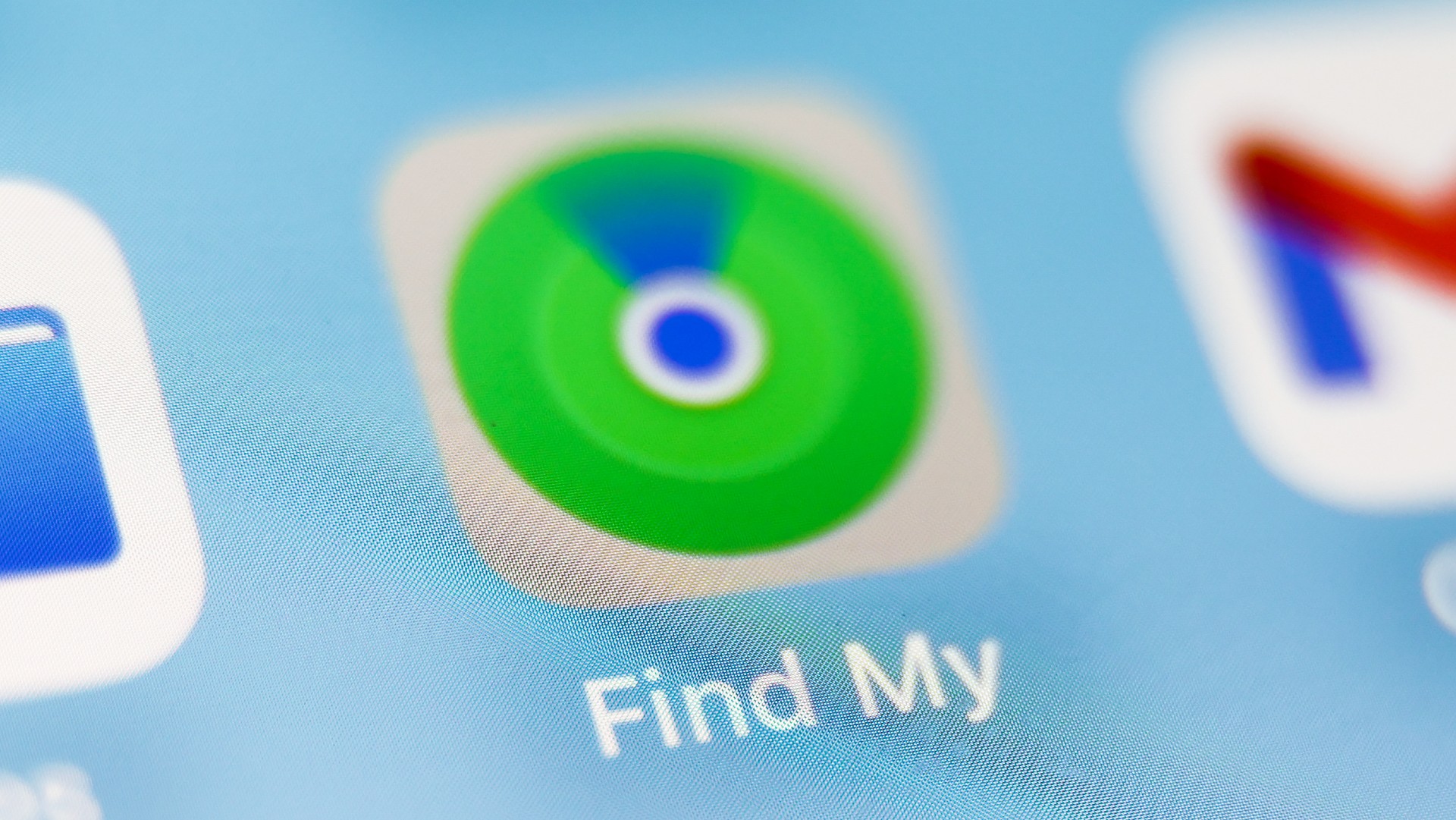 Pros and cons of location sharing
Pros and cons of location sharingPros and Cons Safety benefits for parents and friends must be weighed against privacy concerns and malicious misuse


